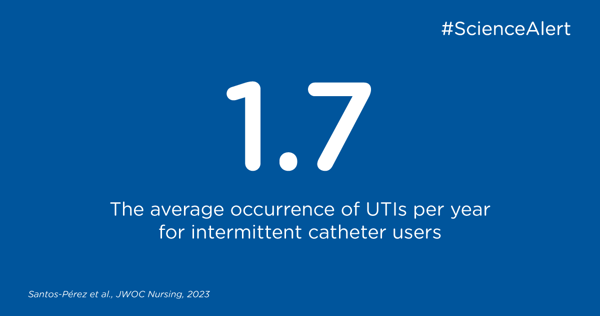All articles
Whether you are a carer, a specialist, or completely new to continence care, Wellspect Education provides learning resources for your level of expertise.
Whether you are a carer, a specialist, or completely new to continence care, Wellspect Education provides learning resources for your level of expertise.

key:global.content-type: Article
In this webinar you will hear from Dr. Rebecca Haddad who is a physician specialising in Physical Medicine and Rehabilitation with a focus on geriatrics at Sorbonne Université in Paris, France. Her clinical, research, and teaching work is dedicated to the care of people ageing with disabilities, with a particular focus on bladder ageing.

key:global.content-type: Article
In this webinar you will hear from Dr. Gianluca Sampogna, a urologic surgeon working at the Spinal Unit, Niguarda Hospital, Milan, a referral centre for bladder, bowel, and sexual health issues in spinal cord injured population. He is the Head of the Sexual Health Program which offers many solutions from sexual counselling to rehabilitation, from pharmacotherapy to surgery.

key:global.content-type: Article
In this webinar you will hear from Dr. Gianna Rodriguez, clinical Professor from Michigan US. She is the Director of the Spinal Cory Injury (SCI) Program in the Department of Physical Medicine and Rehabilitation (PMR) at Michigan Medicine in the US.

key:global.content-type: Article
As life expectancy increases, there is a growing population of ageing individuals with spinal cord injuries (SCI). Aging exacerbates many of the challenges faced by SCI patients, particularly when it comes to bladder and bowel management.

key:global.content-type: Webinar
Short films which answer common questions asked by people with Multiple Sclerosis (MS) about bladder dysfunction. These films are aimed at people with MS and uses language and explanations that you may find particularly useful when having discussions with someone who has MS or cares for someone with MS.

key:global.content-type: Article
This article summarises the key challenges and recommendations identified in clinical practice guidelines (CPGs) governing an ageing population with a spinal cord injury. It also highlights gaps and areas of improvement in existing guidelines.

key:global.content-type: Article
Help your patients with recurrent UTIs. This tool provides personalised guidance for UTI prevention and management, tailored to catheter users. Developed in collaboration with nurses from around the world and based on the latest guidelines

key:global.content-type: Article
This article explores strategies that can help address challenges faced by men who are in the initial stages of learning to use intermittent catheterisation.

key:global.content-type: Article
For those who rely on intermittent catheterisation, minimising discomfort is a key concern. This short video explores the science behind a smoother catheterisation experience.

key:global.content-type: Video
In this informative short video (approx. 5 minutes), Susanne Vahr, a registered nurse and senior researcher with nearly 30 years of experience in urology, dives deep into the complexities of urinary tract infections (UTIs).

key:global.content-type: Article
This study provides valuable insights into the experiences of individuals undergoing IC that optimise patient care and support.

key:global.content-type: Webinar
This webinar intially took place on 12th November 2020.